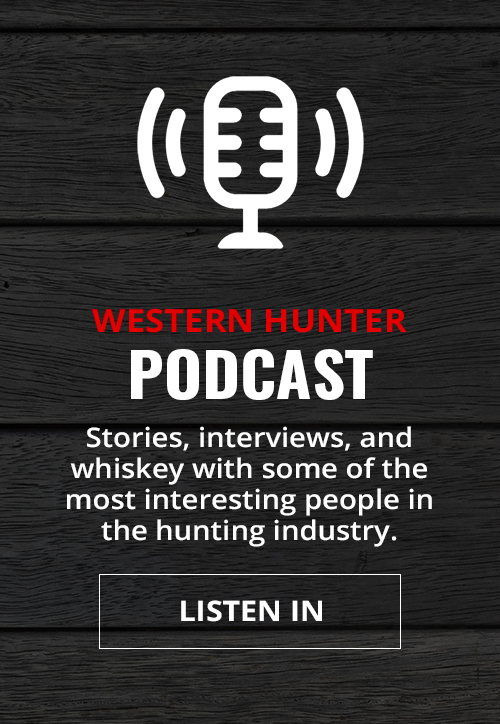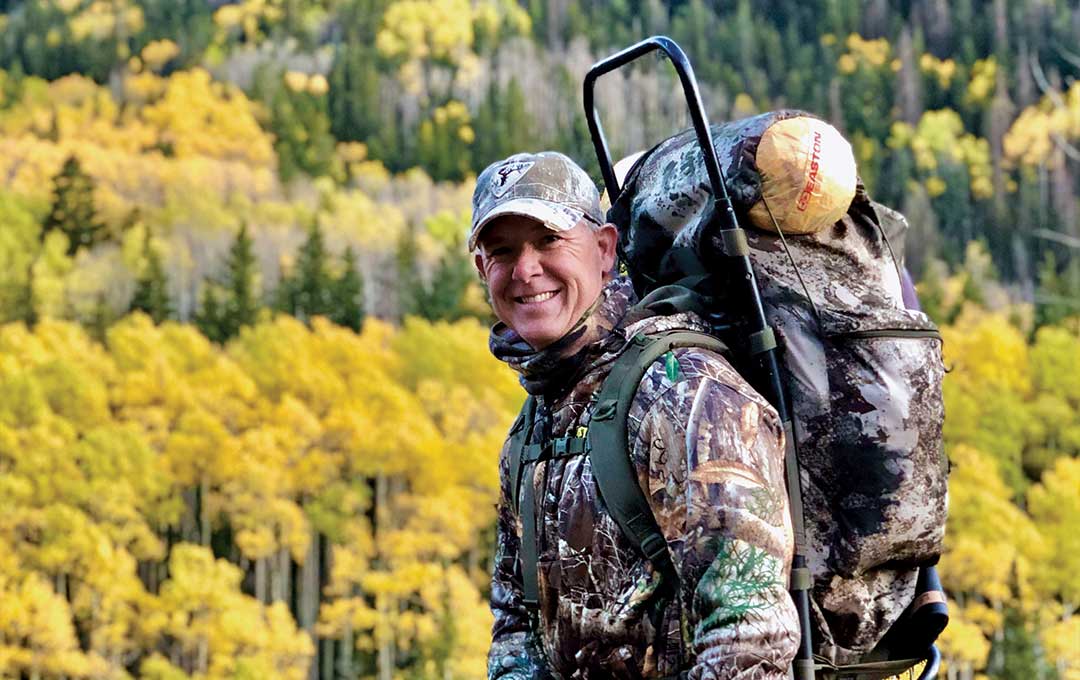
NOTICE: Certain links on this post may earn a commission for Western Hunter Magazine from Amazon or our other affiliate partners when you make a purchase. Thank you for your support.
Getting Prepared = Staying Prepared
You may have heard the joke, “I used to be a crastinator, but I decided to go pro.” It always made me chuckle. Sadly, I know some hunters that are running around like crazy right before hunting season starts every year. They are scrambling to get arrows made or trying to get them ordered from an archery shop. They are trying to get their bow tuned, get a new string put on, even buying a new bow or trying to get broadheads at the last minute, and oftentimes the shop doesn’t have what they want. So, they may have to settle for a different brand than they prefer from what a shop has left in stock or what they can get online.
It’s the same with many hunters right before rifle season. They are trying to check their rifle at the last minute, find some ammunition (which is getting tougher these days), and if they can’t find what they usually shoot, they grab anything that is left that might work.
I wish last-minute preparation was the exception, but unfortunately, it seems more and more commonplace today. I speak from experience as I have worked in both sporting goods stores and archery shops, including managing an archery shop. It would always shock us how crazy it was the week before the season and how frustrated people would get if you didn’t have what they needed or they couldn’t get their bow worked on immediately because of 50 other last-minute hunters trying to get work done. It’s also not unique to the shops I worked in.
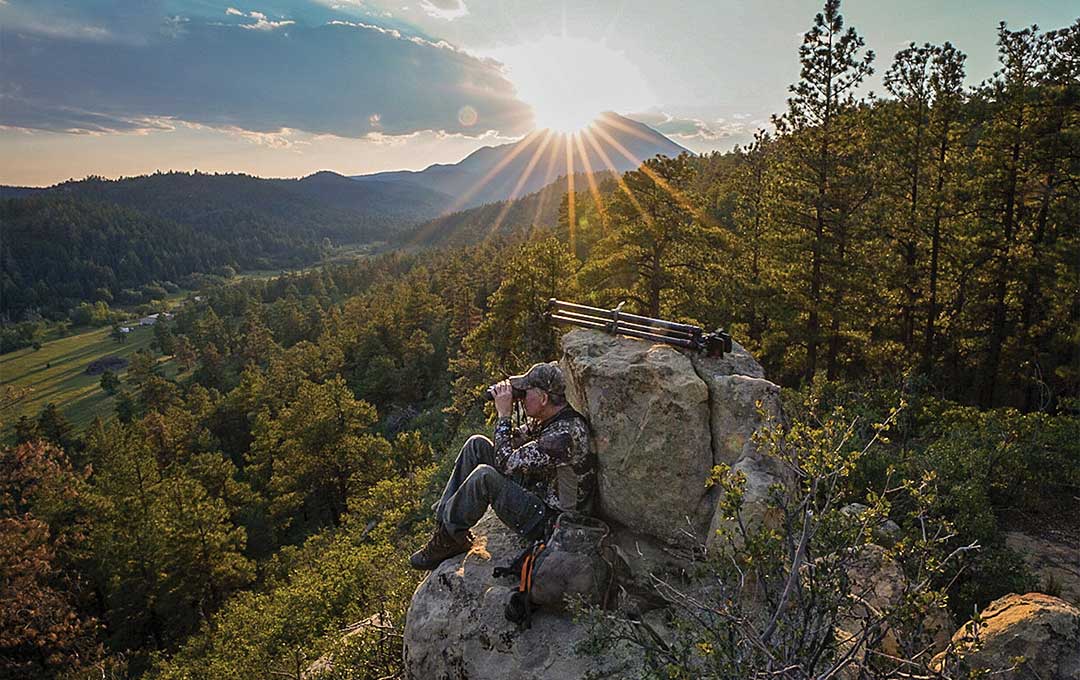
The Trend
I have buddies at both Bass Pro Shops and Cabela’s that lament seeing the same trend. One of my buddies says that if people would just come in during the off-season, they would have more options in stock and be able to give them more one-on-one time and better service. This sounds much more appealing than taking a number and waiting your turn because there are 20 other hunters in front of you.
As an outfitter, I see every year that last-minute scrambling doesn’t just apply to weapons. I see hunters that have new boots (and thus, blisters) pretty quickly. I also get guys apologizing because they just didn’t have any time to get in shape for their hunt and asking if we can find an elk that’s close to the lodge. My point is that to me, there is no such thing as getting prepared for hunting season. It really is an all-year preparedness. Being prepared offers peace of mind, and more importantly, allows us to be more successful.
Regular Prep = Regular Success
At the archery shop I managed, it was like a clubhouse atmosphere. We had the routine customers you would see all the time, the ones that would pop in once in a while, and of course, the new customers or the last-minute crew. What’s interesting is that in Colorado, our archery and even rifle success rates for elk usually hover at 12-18%. Looking at that statistic, the odds are you aren’t going to be successful. Those statistics also include guided hunts, limited draw hunts, and private land hunts.
We found out at the shop that it was the same 15% of people that harvested 85% of the elk every year. This was an eye-opener for me, and it helped me realize as a young man in my early 20s how important all-year preparation really was for the ones who took their hunting seriously. I’m also not talking about guys that were hunting primo areas. These were people that were hunting over-the-counter areas that everyone, including non-residents, had access to hunt. The reason the same people were successful seemed to be the fact that they prepared year-round. They shot more, scouted more, practiced calling more, and stayed up on new strategies and gear.
If you are reading Western Hunter magazine, you are probably already in the elite, small percentage of hunters that harvest the majority of the game. If you aren’t and want to know how to stay prepared all year without spending a lot of money or time, please read on for what I have learned by studying the small percentage of good hunters that are routinely successful.
First, contrary to the late-night ads on TV, you can’t strap something around your love handles, push a button, and jiggle your fat away without exercise or changes to your eating habits. You have to make a commitment and work to be more prepared. The “melt fat” thing doesn’t work. Please don’t ask how I know...
I have made some changes in how I stay prepared all year and here are some of my tips that have helped me.
Archery Practice
I make it simple so it is quick and easy and simulates real hunting situations. I shoot one arrow a day when I can. If once a day doesn’t work, I shoot an arrow once a week or once a month. It doesn’t matter where my second arrow goes. In a real hunting situation, it is all about numero uno. I also shoot at different yardages and practice with a broadhead. If time permits, I will also put on my Scent Blocker hoodie or long-sleeve hunting jacket even, if it’s summer, to simulate what I will be wearing in the field during the season. This keeps me in tune, and if my equipment is having any issues, I usually can have them resolved long before hunting season.
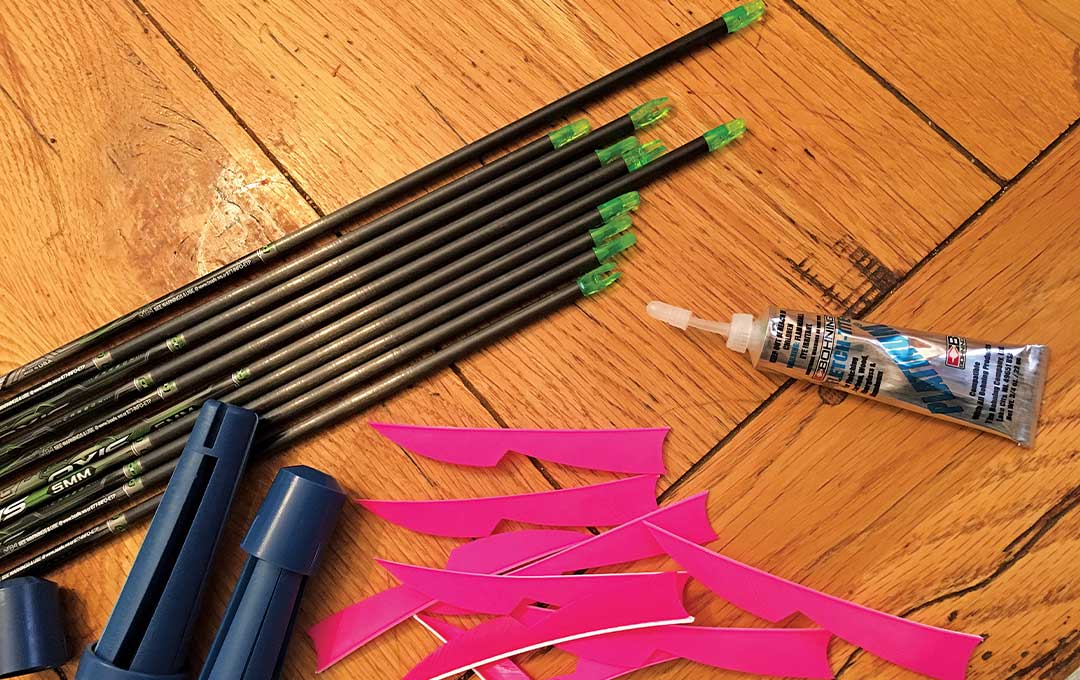
Archery Gear
I make sure that I always have what I need to be archery-hunt-ready. Arrows, broadheads, extra strings, clothes, boots, wind detectors, etc. This not only helps if I get an invite for a last-minute hunt in the off-season for hogs or rabbits, but it also ensures that I am not racing for the gear I need to hunt when big game hunting season rolls back around.
Archery Season Research
I joined my state bowhunting association so I would stay informed of any changes in laws and regulations as well as hunting opportunities that may be added in my state. I also try and read up on hunting strategies and new products that may help me be more successful or comfortable in the field. I spend time scouting hunting areas old or new and work at staying in shape by walking or working out instead of watching TV.
Rifle Practice
With the current difficultly finding ammunition, I have slowed down on my shooting. I still, however, try and shoot once a month even if I only take one shot. A cold-bore shot for a hunter is the only one that matters. I try and shoot at different distances when I can because shooting accurately at longer ranges helps me shoot better at shorter ranges. I use a Caldwell Lead Sled when checking my rifles but also practice off my pack or Bog tripod to simulate a real hunting situation. This practice also helps me ensure that my equipment is in good working order so that when the season comes, I have faith in my rifle when I pull the trigger.
Rifle Gear
I like to carry extra ammunition as well as batteries for my rangefinder. I also pack a small Wheeler tool kit so I can check scope mount screws and strip my gun down to keep it clean and in working order. I also try to keep my spotting scopes and binoculars clean and ready to be packed up at any time.
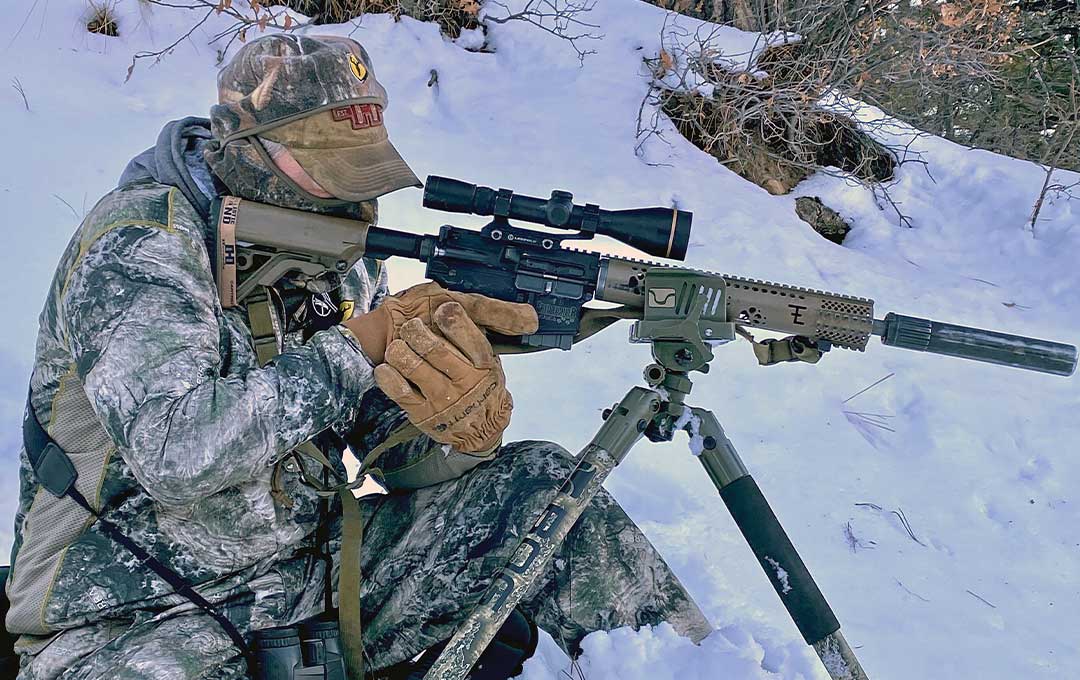
Rifle Season Research
With states constantly changing gun regulations and ways to legally transport firearms, I keep up with laws as well as state regulations. I joined the NRA years ago to help protect my rights and keep me aware of any threats to the second amendment. I also try and apply for draw areas and research, through the game commission website, any opportunities or changes in regulation.
As far as staying in shape to enjoy my outdoor pursuits, I try and work out when time permits, even if it’s just some pushups and hiking with a pack on. I climb stairs when possible and try to watch my Oreo intake. It’s not a lot of work to stay prepared all year for hunting season, and I prefer to be in the small percentage of successful hunters that prepare all year instead of waiting until the last minute to scramble.



